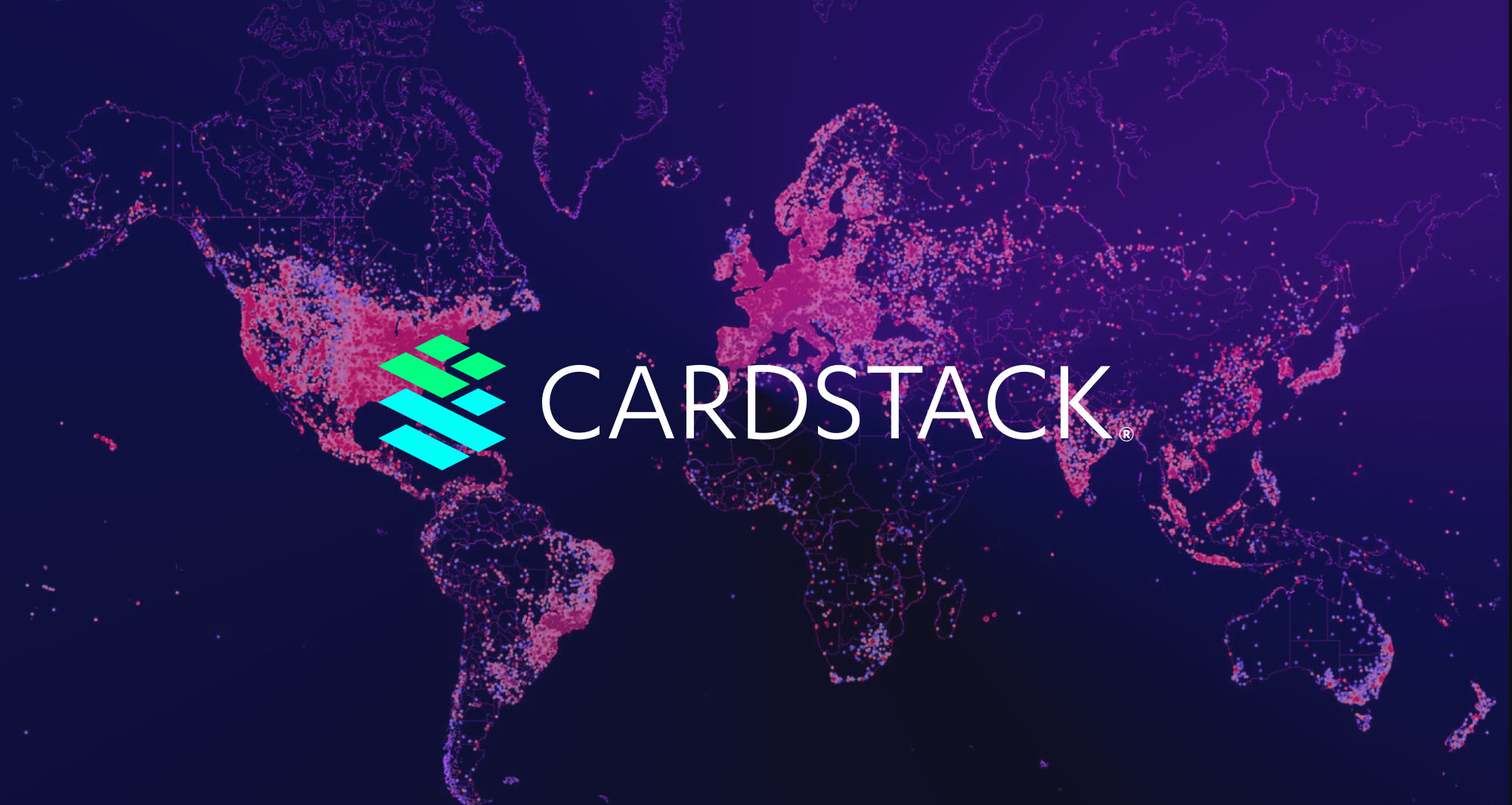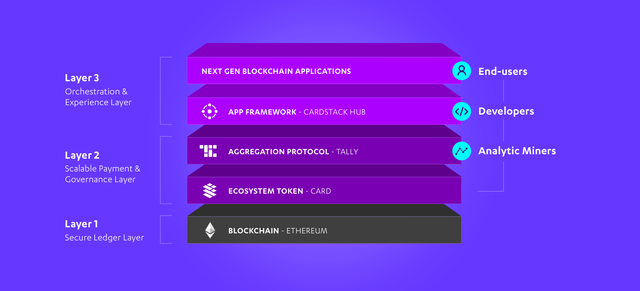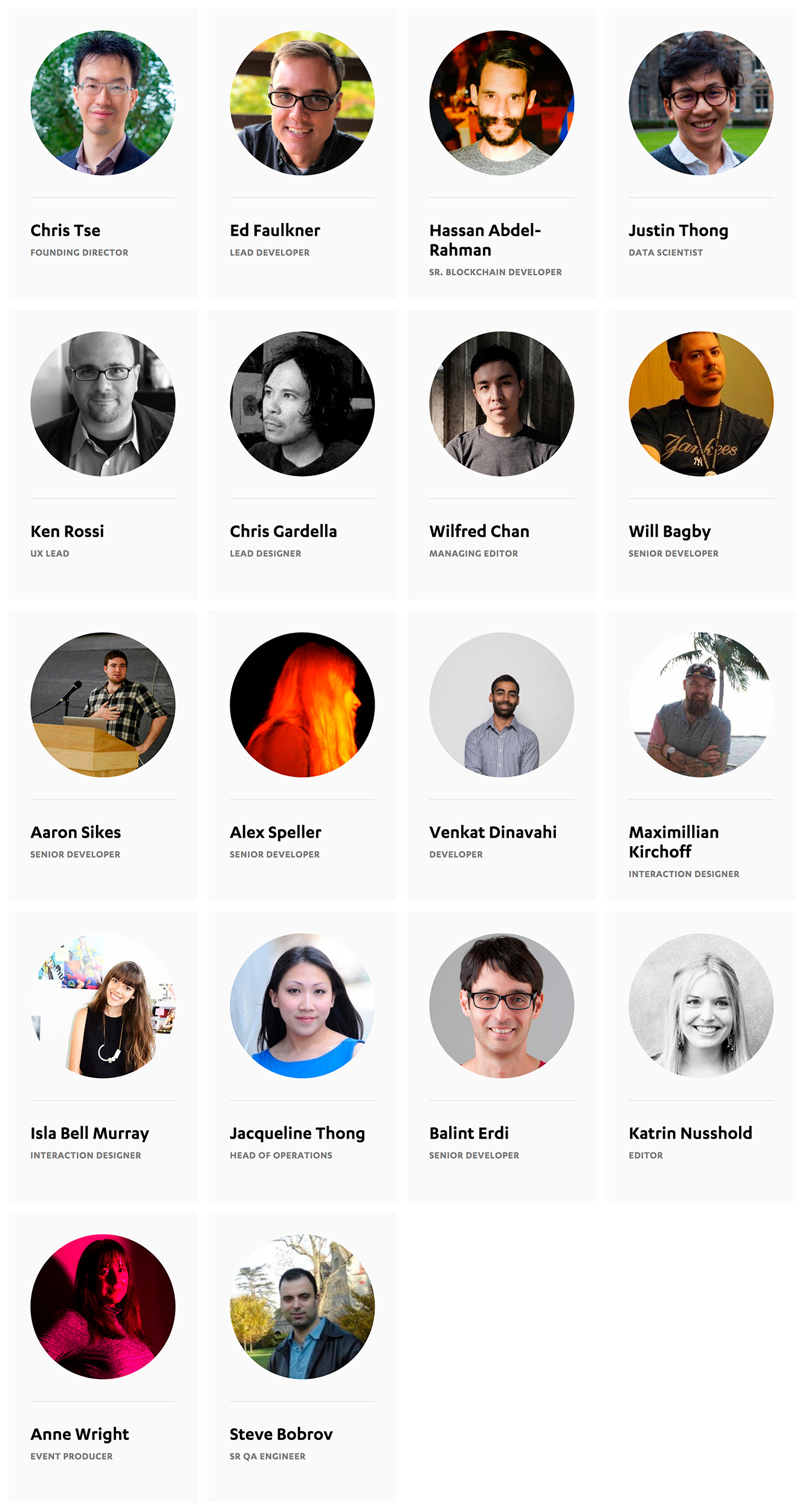CardStack - Application Framework for Ethereum

The CardStack project's White Paper brings up the next problem: For example, if I'm a user of many various Ethereum apps, at some point it becomes difficult for me to keep track of all the different tokens I use in the process. Also, I need to remember all the subscriptions I have to various SaaS services, and not to forget to renew those subscriptions. All that, taken together, can be pretty tiresome
CardStack intends to build an auxiliary layer over the Ethereum network. This layer would play the role of infrastructure for a unified system of decentralized Apps. (dApps). So, the CardStack project offers the centralization of the App development process, and a single token, unifying multiple apps' monetary infrastructure. Supposedly, all the app developers on Ethereum should agree to use this platform’s standard protocols and tokens. The idea makes sense, considering that it would be really convenient to have some single entry point and monetary space for multiple apps. For example, I can be registered on a dozen of various blockchain platforms. Each platform has its own tokens, so I'm compelled to keep an eye on the balances of all my wallets at a dozen of different places. Ideally, I picture it in my mind in the form of a single balance, spanning all the Ethereum apps I use, and accumulating all my earnings in the form of unified tokens, identical for all apps.

The platform consists of several layers. The bottom layer is the Ethereum blockchain itself. Atop this layer lies the platform token CARD, which is supposed to be a unified transaction tool for all the apps built and operating within the project's framework. The CARD token is also going to be distributed to app developers through the special reward pool, comprised of users’ contributions.
The third layer represents the platform unifying and aggregating mechanism TALLY. This layer contains the mechanism of off-chain transactions, which can reduce the load on Ethereum network and solve the problem of its scalability. The circulation of platform tokens is going to be supported by the special class of platform users – “analytic miners”. As opposed to the classic definition of Bitcoin miners, CardStack analytic miners' main function will be to calculate the participants’ rewards and filter spam.
The fourth layer provides the framework and APIs for app developers. This layer is intended to enforce some standardized approach to app development, so afterwards those apps could be combined into integrated packages, or taken apart with their parts reconfigured into different apps. Also, it's assumed that all those apps will use the same CARD token, so theoretically all those apps, taken together, would comprise a somewhat integrated ecosystem and shared monetary space.
Team

In March 2018 CardStack is going to conduct a public token sale where 40% of project's supply of 6,000,000,000 CARD tokens will be put up for sale.

This post has received a 0.10 % upvote from @drotto thanks to: @cryptotaofficial.
You got a 3.45% upvote from @luckyvotes courtesy of @cryptotaofficial!
You got some unconditional puppy love and a 33.33% upvote from @puppybot courtesy of @cryptotaofficial!